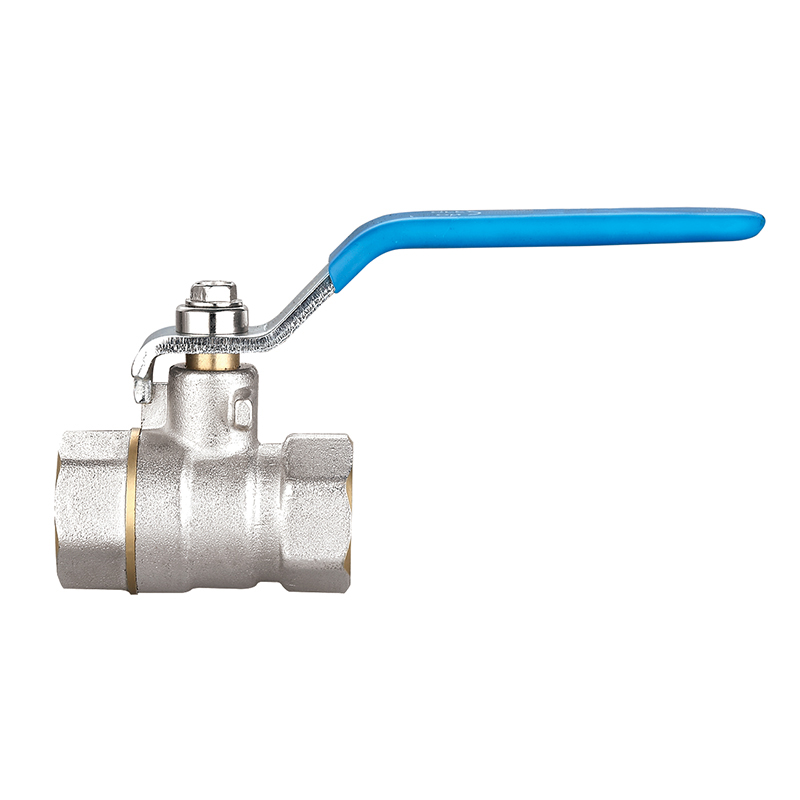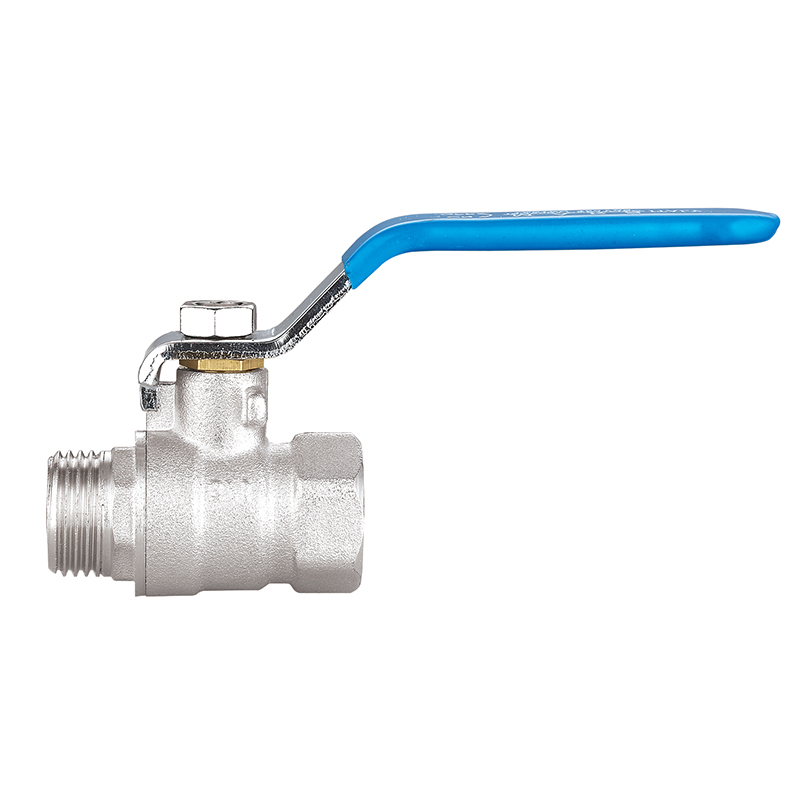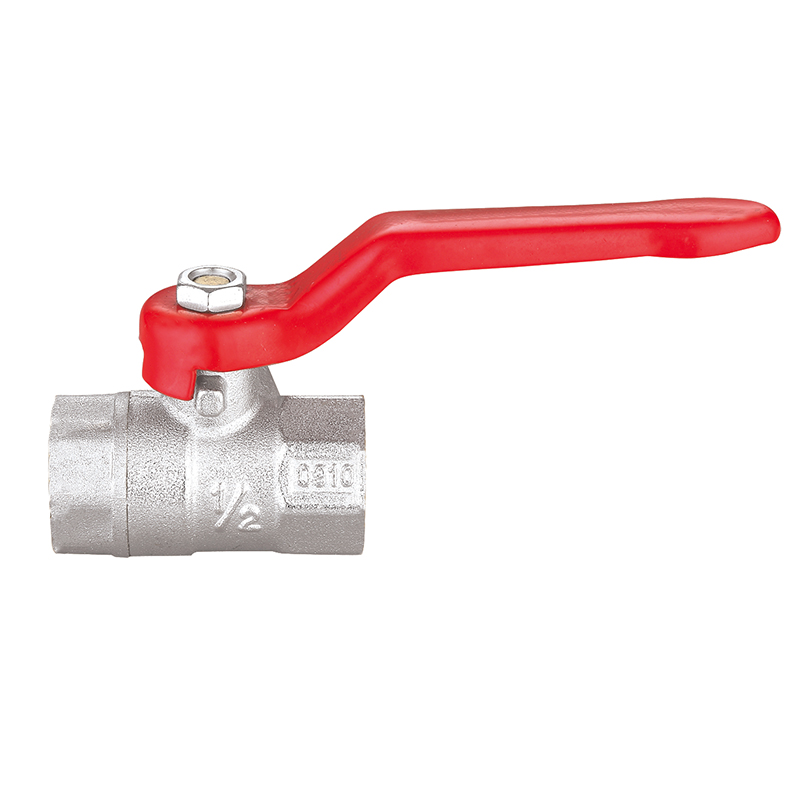Float Valves: Automatic Liquid Level Control for Efficient Water and Fluid Management
2025-07-11
Float valves are essential mechanical devices designed to automatically control the level of liquid in tanks, reservoirs, and other storage systems. Relying on the buoyancy of a float, these valves open or close based on the liquid level, enabling or halting the inflow of water or other fluids without requiring electrical components or manual intervention. This passive, self-regulating functionality makes float valves a practical, energy-efficient solution for maintaining desired fluid levels across a wide variety of applications.
Available in several designs and materials, float valves can be adapted to meet the needs of residential, commercial, agricultural, and industrial systems. Whether used in a livestock watering tank, a rooftop water storage system, or a large-scale industrial reservoir, float valves deliver consistent results with effort or oversight.
How Float Valves Work
The core principle behind a float valve is buoyancy. A float, typically made of plastic, stainless steel, or other corrosion-resistant materials, is connected to a lever arm or rod that controls the valve mechanism. As the liquid level rises, the float lifts. When it reaches a pre-set height, it triggers the valve to close, stopping additional inflow. When the level drops, the float descends, and the valve opens again, allowing the system to refill.
This mechanical simplicity means float valves require no power supply, sensors, or complex controllers, making them highly reliable in remote or off-grid installations.
Main Types of Float Valves
Ball Float Valves
These are the common type, consisting of a hollow ball attached to a lever arm. As the ball floats on the surface of the water, it moves the lever to actuate the valve. They are widely used in toilet cisterns, agricultural troughs, and water tanks.

Diaphragm Float Valves
More compact and often more responsive than ball types, diaphragm float valves use a diaphragm mechanism that is activated by float movement. These are typically used in systems requiring higher pressure tolerance or faster shutoff response.
Pilot-Operated Float Valves
In large or high-pressure systems, a pilot mechanism may be used in conjunction with a float to operate the main valve body. This design ensures more precise control and better handling of heavy flows.
Bottom-Inlet or Side-Inlet Variants
Depending on the design of the tank or installation requirements, float valves can be mounted from the side or bottom, offering flexibility in positioning and space utilization.
Materials and Construction
Float valves are built using materials suited to their application environment:
Brass: Durable and corrosion-resistant, often used in traditional plumbing and outdoor tanks.
Plastic (PVC or ABS): Lightweight and cost-effective, widely used in agricultural and low-pressure systems.
Stainless Steel: Ideal for corrosive fluids or sanitary applications like food processing and chemical tanks.
Rubber or Silicone Seals: Provide leak-tight closure, essential for maintaining consistent levels and avoiding overflow.
The float itself may be a sealed plastic sphere, a stainless steel hollow float, or a molded closed-cell foam unit, depending on durability and pressure needs.
Common Applications
Float valves are used anywhere automatic fluid level regulation is required. Key sectors include:
Residential Systems: Found in toilet cisterns, rooftop water tanks, and rainwater harvesting setups to maintain a steady water supply.
Agriculture: Automatically refills livestock troughs, irrigation tanks, and sprayers, ensuring consistent water availability.
Industrial Operations: Used in cooling towers, chemical tanks, and process reservoirs to maintain operational safety and fluid stability.
Municipal Infrastructure: Found in water distribution and treatment plants to regulate tank levels without the need for electronic controls.
Aquaculture and Ponds: Help maintain water levels in fish tanks, ponds, and aquatic farming systems.
Advantages of Float Valves
Automatic Operation: Requires no manual intervention or electronic control systems.
Energy-Efficient: Operates solely through mechanical movement and hydraulic pressure.
Low Maintenance: Few moving parts mean reduced wear and need for servicing.
Cost-Effective: Simple design keeps production and replacement costs low.
Versatile: Works with water, fuel, chemicals, and other liquids when the correct materials are selected.
Reliable in Remote Locations: Ideal for areas without consistent power access, like rural farms or remote construction sites.
Installation and Maintenance Tips
Proper Positioning: Ensure the float can move freely without obstruction from tank walls or other fittings.
Regular Inspection: Check for debris that could impede valve movement or block the inlet.
Whether you want to become our partner or need our professional guidance or support in product selections and problem solutions, our experts are always ready to help within 12 hours globally.




 русский
русский Español
Español عربى
عربى





